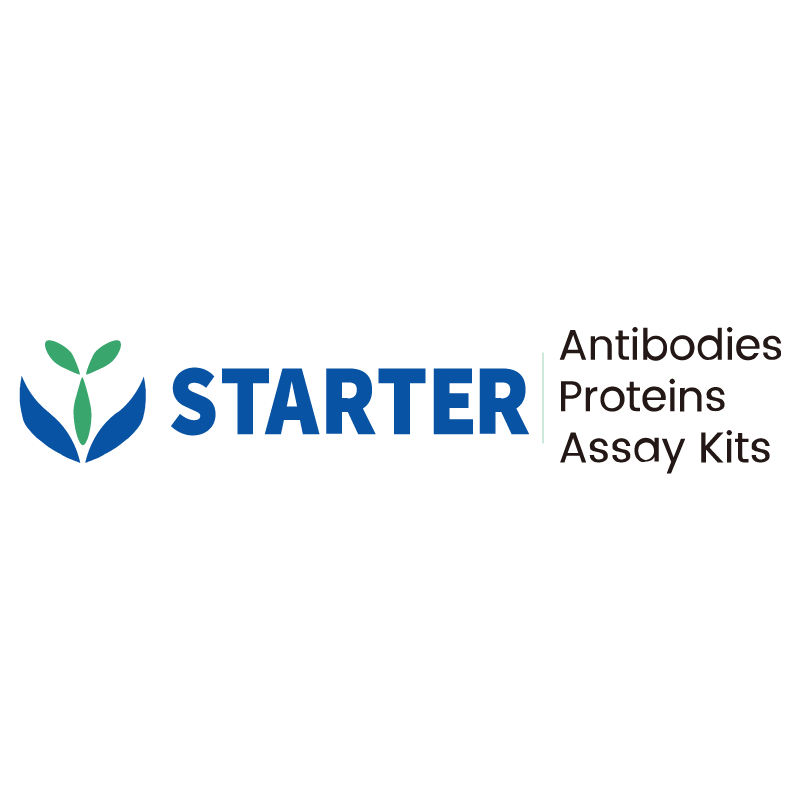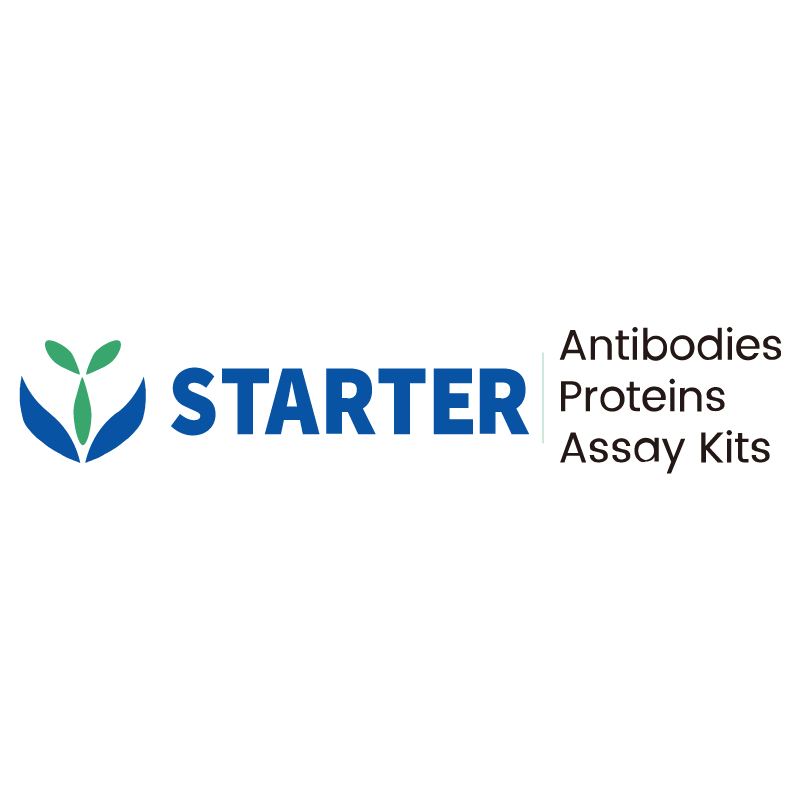IF shows positive staining in paraffin-embedded human endometrial cancer. Anti- Estrogen Receptor α (Alexa Fluor® 488 Conjugate) antibody was used at 1/50 dilution (Green) and incubated overnight at 4°C. Counterstained with DAPI (Blue). Heat mediated antigen retrieval with EDTA buffer pH9.0 was performed before commencing with IF staining protocol.
Product Details
Product Details
Product Specification
| Host | Rabbit |
| Antigen | Estrogen Receptor α |
| Synonyms | Estrogen receptor, ER, ER-alpha, Estradiol receptor, Nuclear receptor subfamily 3 group A member 1, ESR1, ESR, NR3A1 |
| Location | Cytoplasm, Nucleus, Cell membrane |
| Accession | P03372 |
| Clone Number | SDT-R371 |
| Antibody Type | Recombinant mAb |
| Isotype | IgG |
| Application | IF |
| Reactivity | Hu |
| Purification | Protein A |
| Concentration | 0.5 mg/ml |
| Conjugation | Alexa Fluor® 488 |
| Physical Appearance | Liquid |
| Storage Buffer | PBS, 25% Glycerol, 1% BSA, 0.3% Proclin 300 |
| Stability & Storage | 12 months from date of receipt / reconstitution, 2 to 8 °C as supplied. |
Dilution
| application | dilution | species |
| IF | 1:50 |
Background
Estrogen receptor alpha (ERα), also known as NR3A1 (nuclear receptor subfamily 3, group A, member 1), is one of two main types of estrogen receptor, a nuclear receptor (mainly found as a chromatin-binding protein) that is activated by the sex hormone estrogen. In humans, ERα is encoded by the gene ESR1 (Estrogen Receptor 1); The estrogen receptor (ER) is a ligand-activated transcription factor composed of several domains important for hormone binding, DNA binding, and activation of transcription. ERα plays a role in the physiological development and function of a variety of organ systems to varying degrees, including the reproductive, central nervous, skeletal, and cardiovascular systems. Accordingly, ERα is widely expressed throughout the body, including the uterus and ovary, male reproductive organs, mammary gland, bone, heart, hypothalamus, pituitary gland, liver, lung, kidney, spleen, and adipose tissue. Genetic polymorphisms in the gene encoding the ERα have been associated with breast cancer in women, gynecomastia in men and dysmenorrhea. In patients with breast cancer, mutations in the gene encoding ERα (ESR1) have been associated with resistance to endocrine therapy, especially aromatase inhibitors.
Picture
Picture
Immunofluorescence
IF shows positive staining in paraffin-embedded human breast cancer. Anti- Estrogen Receptor α (Alexa Fluor® 488 Conjugate) antibody was used at 1/50 dilution (Green) and incubated overnight at 4°C. Counterstained with DAPI (Blue). Heat mediated antigen retrieval with EDTA buffer pH9.0 was performed before commencing with IF staining protocol.


